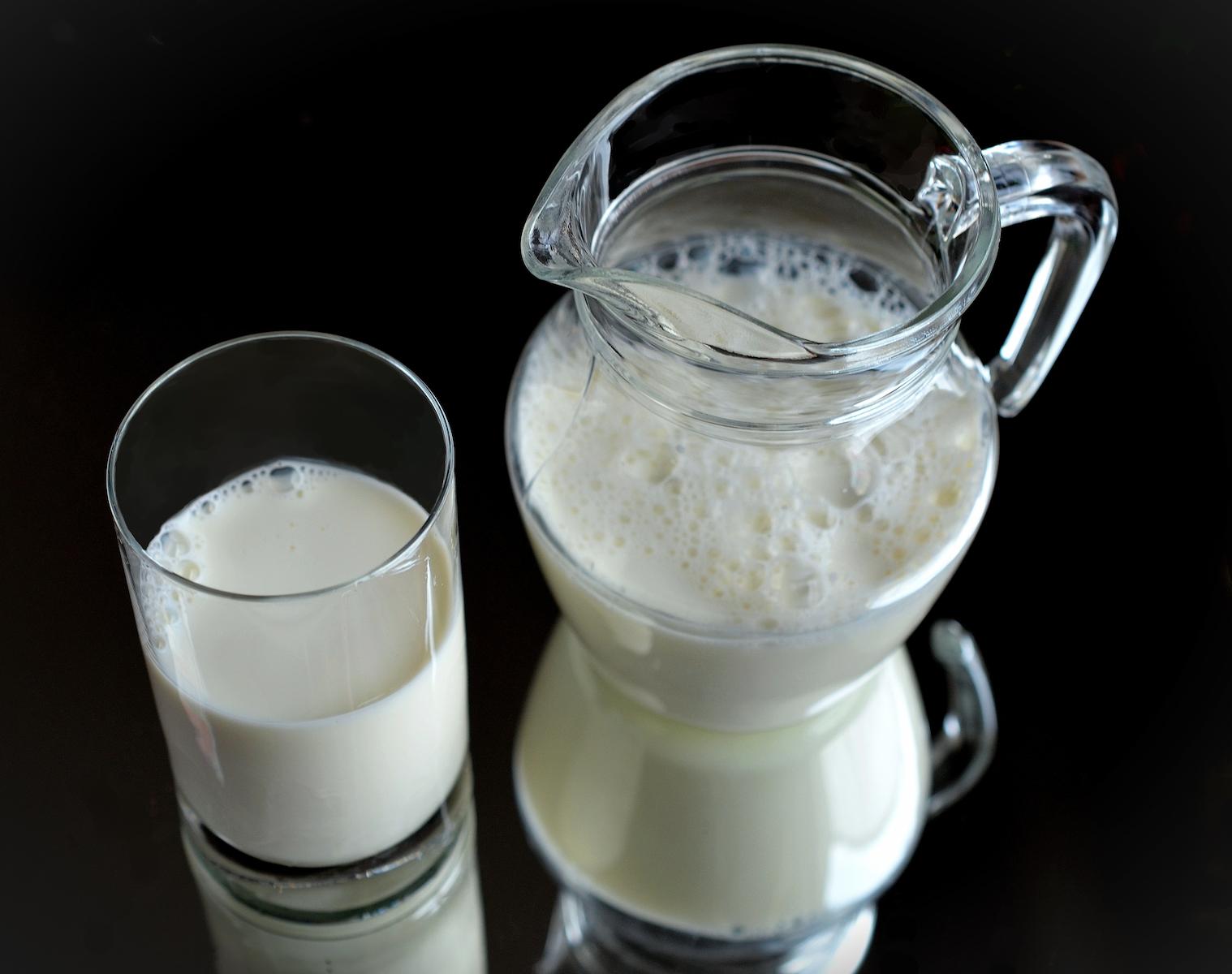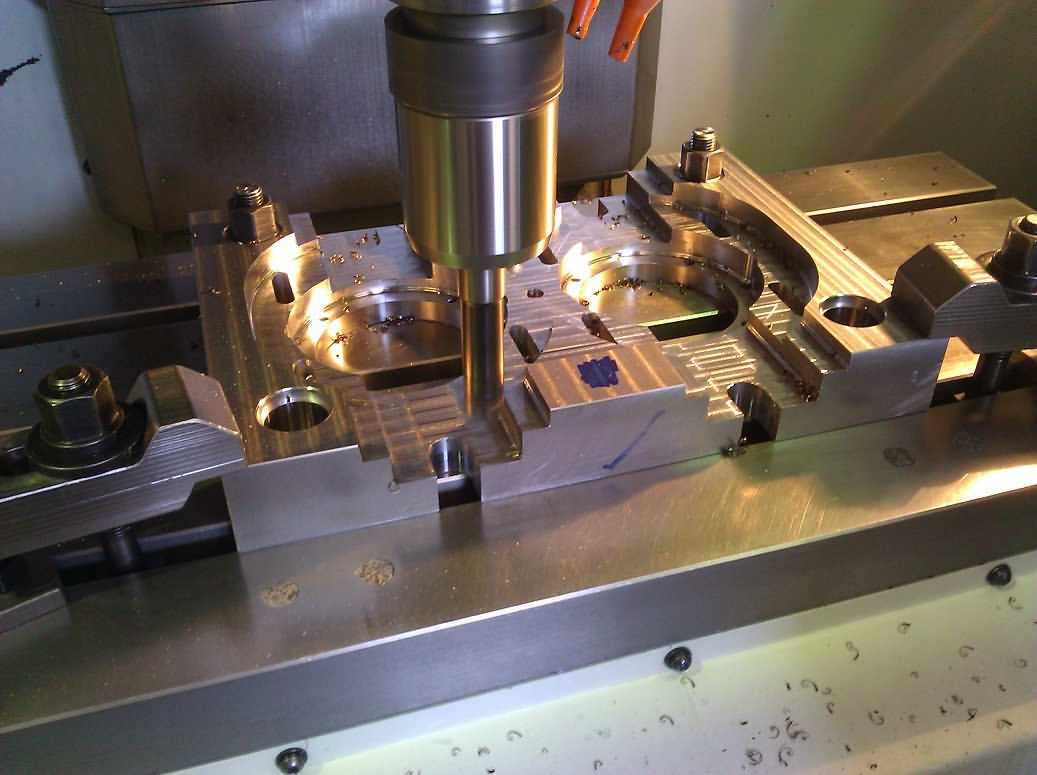In the past, humans weren’t living with the idea of consuming another animal’s milk. Instead, they would only consume milk up to the age their mother could breastfeed them, and then it was impossible for the body to digest it. This idea is still true today with those who are lactose intolerant and can’t digest milk the way others can.
It was Europeans that have the gene and it was seven centuries ago when the change started. This made it easy to drink the milk and not fall ill as soon as it happened. This led to overall health improvement among humans because they could get more nutrients and didn’t have to rely on crops all the time.
With time, it became easier and easier for dairy farming to become a reality. More and more people were looking to drink milk, which meant the demand was there. Now, there are 264 million cows that are being used for this process. However, studies show almost 100% of those with some form of Asian, Native, and African ancestry deal with lactose intolerance by the time they are adults. While those who are black deal with a 70% chance of lactose intolerance. This leads to symptoms such as abdominal cramps, diarrhea, and/or bloating. Micro dairy equipment
What’s Dairy Farming?
Dairy farming is the idea of organizing and using cows for their reproductive systems. It can also be done with other animals including goats and/or sheep. The goal is to help produce mass-produce through this type of structured reproduction.
What makes cows the perfect option for milk in comparison to other animals? It is not about simple factors such as taste or the overall quality of the product. Instead, it is about the animal’s ability to produce as much milk as possible in one go while being easy to domesticate. This is where cows come into play as the right fit.
The Inner Workings of a Dairy Farm
Cows will not regularly produce milk and are like any other mammal. This means they have to be pregnant to produce breast milk for their young. As a result, they have to be kept in this state to produce milk and that is what farmed cows are made to do. They go through processes such as artificial insemination that are selectively done to make sure they are producing as much milk as possible. This can lead to significant issues such as teat infections, lameness, and/or distended udders over time. A lot of dairy farms will look to maximise the amount of milk that is being produced and will not focus on the cow’s health. This means nothing is left for the calf either. The goal is to make sure enough milk is produced that can be sold on the open market rather than taking care of the calf. To do this, dairy farms immediately separate the mother and calf after birth.
With newborn females, they are set aside and placed in a separate hutch. This can leave them without anyone around them with a chain locking them into place. This is a terrible way to start their life and makes it hard for them to move around. They are then used for the same process as their mother later on.
Since newborn males can’t go through the same process, they are used for meat. The idea is to keep them weak, so they can be used for veal later on without compromising the quality of the meat.





